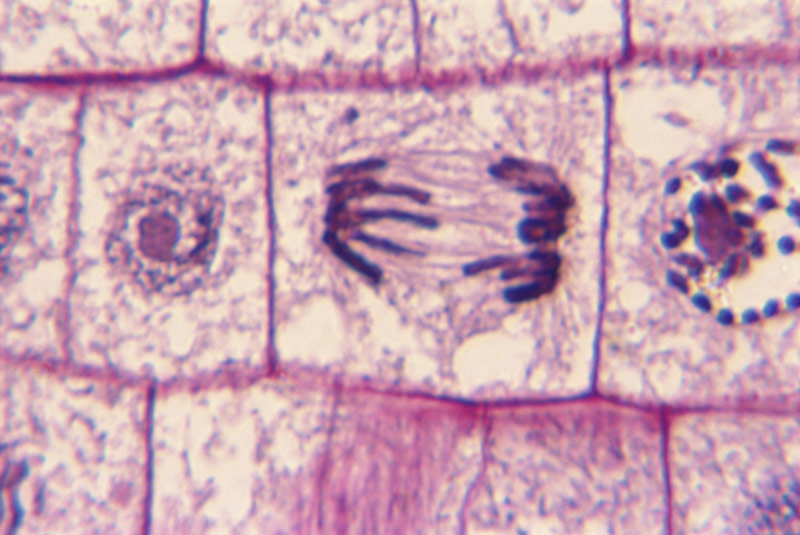
THURSDAY, Aug. 5 (HealthDay News) — An infectious disease spreading across the northeastern United States has killed millions of bats over the last four years and may lead to the regional extinction of a once-common bat species called the little brown myotis, say researchers.
The deadly infection known as white-nose syndrome, which affects hibernating bats, was first discovered near Albany, N.Y. in 2006. A fungus implicated in white-nose syndrome grows on the nose, ears and forearms of hibernating bats and disrupts their hibernation, causing them to awake early, behave strangely and lose vital fat reserves, leading to death, according to a study from the University of California at Santa Cruz (UCSC).
Lead author Winifred F. Frick of UCSC and her colleagues analyzed bat population data gathered over the past 30 years from 22 caves and other hibernating sites in five northeastern states. Compared with population counts before 2006, the decreases in the number of bats counted at the sites since then range from 30 percent to 99 percent.
White-nose syndrome affects seven bat species but poses the greatest threat to the little brown myotis, previously one of the most common bat species in North America. If the current trend continues, there’s “a 99 percent chance of regional extinction of little brown myotis within the next 16 years,” the researchers predicted.
The study findings are published in the Aug. 6 issue of the journal Science.
Researchers and conservation experts are working hard to find a solution to this serious problem, said Frick in a UCSC news release. “Bats perform valuable ecosystem services that matter for both the environments they live in and have tangible benefits to humans as well. Bats affected by this disease are all insect-eating species, and an individual bat can consume their body weight in insects every night, including some consumption of pest insects,” she explained.
“The loss of so many bats is basically a terrible experiment in how much these animals matter for insect control,” she added.
More information
The U.S. Fish and Wildlife Service has more about white-nose syndrome.

